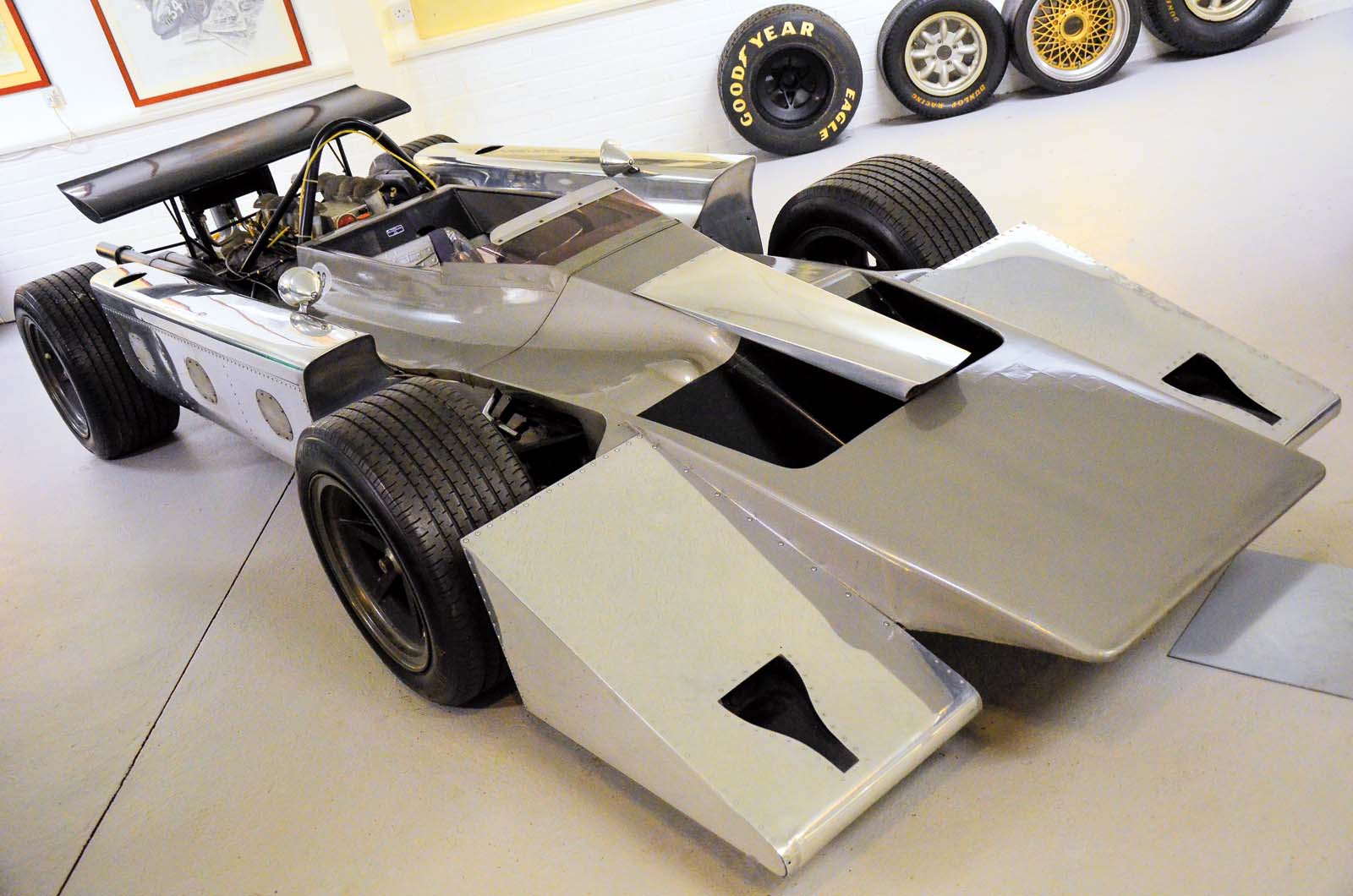Gap junctions allow transfer of metabolites between germ cells and somatic cells to promote germ cell growth in the <i>Drosophila</i> ovary
by Caroline Vachias, Camille Tourlonias, Louis Grelée, Nathalie Gueguen, Yoan Renaud, Parvathy Venugopal, Graziella Richard, Pierre Pouchin, Emilie Brasset, Vincent Mirouse Gap junctions allow the exchange of small molecules between cells. How this function could be used to promote cell growth is not yet fully understood. During Drosophila ovarian follicle development, germ cells, which are surrounded by epithelial somatic cells, undergo massive growth. We found that this growth depends on gap junctions between these cell populations, with a requirement for Innexin4 and Innexin2, in the germ cells and the somatic cells, respectively. Translatomic analyses revealed that somatic cells express enzymes and transporters involved in amino acid metabolism that are absent in germ cells. Among them, we identified a putative amino acid transporter required for germline growth. Its ectopic expression in the germline can partially compensate for its absence or the one of Innexin2 in somatic cells. Moreover, affecting either gap junctions or the import of some amino acids in somatic cells induces P-bodies in the germ cells, a feature usually associated with an arrest of translation. Finally, in somatic cells, innexin2 expression and gap junction assembly are regulated by the insulin receptor/PI3K kinase pathway, linking the growth of the two tissues. Overall, these results support the view that metabolic transfer through gap junction promotes cell growth and illustrate how such a mechanism can be integrated into a developmental program, coupling growth control by extrinsic systemic signals with the intrinsic coordination between cell populations.
by Caroline Vachias, Camille Tourlonias, Louis Grelée, Nathalie Gueguen, Yoan Renaud, Parvathy Venugopal, Graziella Richard, Pierre Pouchin, Emilie Brasset, Vincent Mirouse Gap junctions allow the exchange of small molecules between cells. How this function could be used to promote cell growth is not yet fully understood. During Drosophila ovarian follicle development, germ cells, which are surrounded by epithelial somatic cells, undergo massive growth. We found that this growth depends on gap junctions between these cell populations, with a requirement for Innexin4 and Innexin2, in the germ cells and the somatic cells, respectively. Translatomic analyses revealed that somatic cells express enzymes and transporters involved in amino acid metabolism that are absent in germ cells. Among them, we identified a putative amino acid transporter required for germline growth. Its ectopic expression in the germline can partially compensate for its absence or the one of Innexin2 in somatic cells. Moreover, affecting either gap junctions or the import of some amino acids in somatic cells induces P-bodies in the germ cells, a feature usually associated with an arrest of translation. Finally, in somatic cells, innexin2 expression and gap junction assembly are regulated by the insulin receptor/PI3K kinase pathway, linking the growth of the two tissues. Overall, these results support the view that metabolic transfer through gap junction promotes cell growth and illustrate how such a mechanism can be integrated into a developmental program, coupling growth control by extrinsic systemic signals with the intrinsic coordination between cell populations.







































































































































































